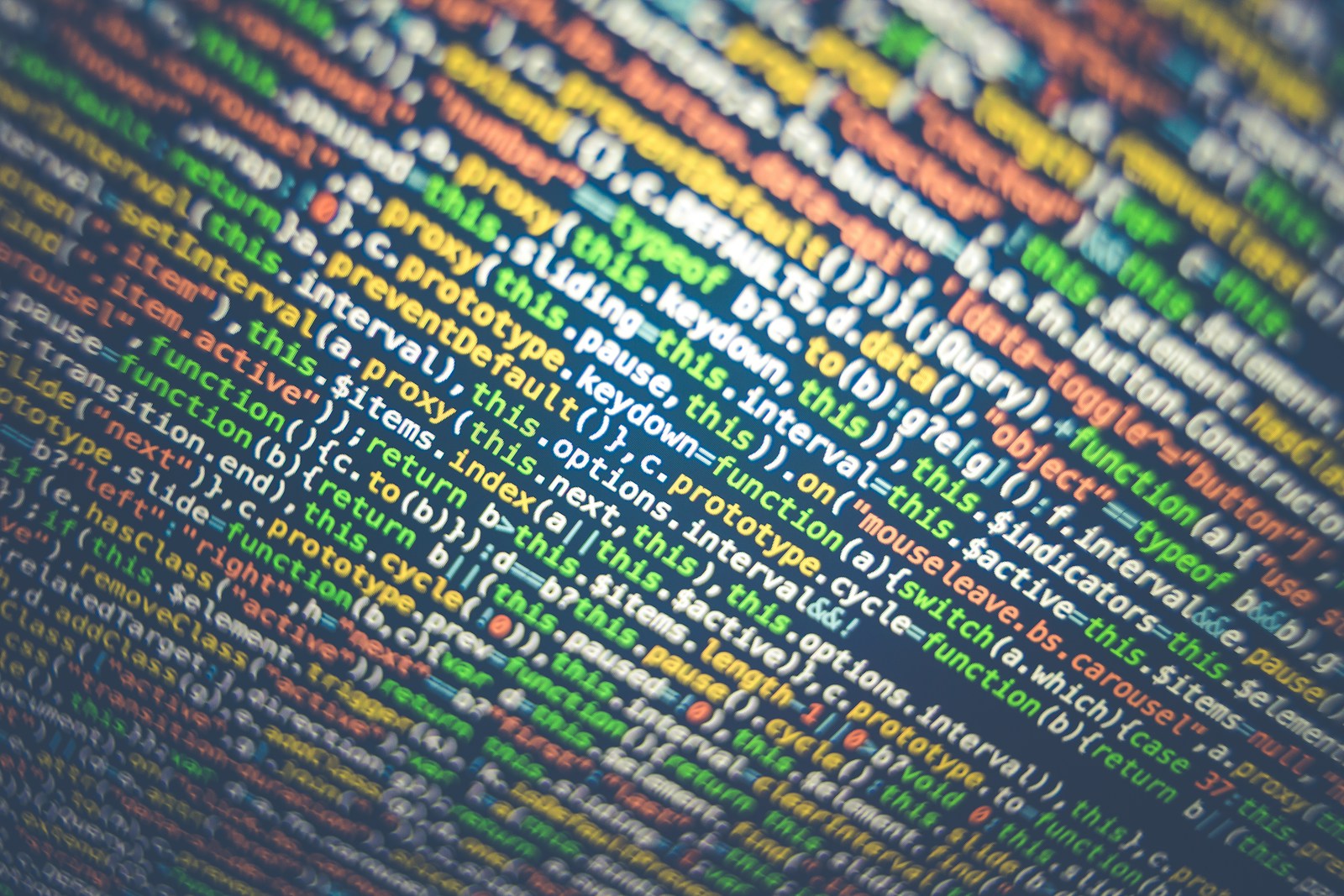Introduction
Machine learning (ML) is a field of artificial intelligence (AI) that allows systems to learn from data and improve from experience without being explicitly programmed. Among the various types of ML, supervised learning is one of the most commonly used. In this guide, we will break down what supervised learning is, focusing on regression and classification.
What is Supervised Learning?
Supervised learning is a type of machine learning where the model is trained using a labeled dataset. This means that each training example includes an input and the corresponding correct output. The algorithm’s goal is to learn a mapping from inputs to outputs so that it can make accurate predictions when given new data.
- Training data: Consists of pairs of input data and the correct output (label).
- Goal: To find a function that maps input data to output labels.
For example, consider a dataset containing hours studied (input) and exam scores (output). The model learns from this data to predict future exam scores based on the number of hours studied.
Key Concepts of Supervised Learning
- Training Phase: The model learns from the training data, adjusting its parameters to minimize the error in its predictions.
- Testing Phase: The trained model is tested with a separate dataset to evaluate its performance.
- Features and Labels:
- Features: The input variables (e.g., number of hours studied).
- Labels: The output or target variables (e.g., exam scores).
Types of Supervised Learning
Supervised learning can be divided into two main types:
- Regression
- Classification
1. Regression
Regression is used when the output variable is a continuous value. The model’s job is to predict a real number based on input data.
Examples:
- Predicting house prices based on features like location, size, and number of bedrooms.
- Estimating the temperature given the date and time.
How It Works:
- The model fits a line (or curve) through the data points to best represent the relationship between the input features and the output.
- Common algorithms used for regression include:
- Linear Regression: A straight line is fitted to the data.
- Polynomial Regression: A curve is fitted, using polynomial equations to capture non-linear relationships.
- Support Vector Regression (SVR): Tries to fit the best boundary within a margin of tolerance.
Evaluation Metrics for Regression:
- Mean Absolute Error (MAE): The average of absolute differences between predicted and actual values.
- Mean Squared Error (MSE): The average of squared differences between predicted and actual values.
- R-squared (R²): Represents how well the regression line approximates the real data points.
Simple Example:
Imagine training a model using data about past sales: input features are advertising spend, and the output is the number of products sold. The model would learn how advertising spend correlates with sales and could predict future sales based on advertising budgets.
2. Classification
Classification is used when the output variable is a category. The model’s goal is to classify input data into one of several predefined classes.
Examples:
- Identifying emails as “spam” or “not spam.”
- Classifying images of animals as “cat,” “dog,” or “rabbit.”
- Diagnosing medical conditions as “positive” or “negative” for a disease.
How It Works:
- The model learns to classify data points into different classes based on input features.
- Algorithms used for classification include:
- Logistic Regression: Despite its name, it’s a classification algorithm that models the probability of a binary outcome.
- Decision Trees: A tree structure where each node represents a feature and branches lead to outcomes.
- Support Vector Machine (SVM): Finds the optimal boundary that separates classes in feature space.
- k-Nearest Neighbors (k-NN): Classifies based on the majority class among the nearest data points.
Evaluation Metrics for Classification:
- Accuracy: The percentage of correctly classified instances out of the total.
- Precision and Recall:
- Precision: Measures the percentage of true positive results out of all positive predictions.
- Recall: Measures the percentage of true positive results out of all actual positives.
- F1 Score: The harmonic mean of precision and recall, useful for imbalanced datasets.
- Confusion Matrix: A table showing true positives, true negatives, false positives, and false negatives.
Simple Example:
Consider a dataset of patient data (age, symptoms, test results) where the output is a label indicating whether a patient has a disease (Yes/No). The model is trained on this data to classify new patients based on their input features.
Summary
- Supervised learning uses labeled data to teach a model how to predict an outcome.
- Regression deals with predicting continuous values (e.g., predicting prices).
- Classification deals with predicting discrete categories (e.g., identifying spam emails).
Understanding these core concepts lays the foundation for more advanced machine learning methods and techniques.
Here are some recommended books:
Introductory Books:
- Hands-On Machine Learning with Scikit-Learn, Keras, and TensorFlow by Aurélien Géron
- This book provides a practical, hands-on approach to machine learning, covering key concepts, algorithms, and implementations using popular Python libraries.
- Machine Learning for Absolute Beginners by Oliver Theobald
- This beginner-friendly book covers machine learning concepts in an easy-to-understand manner, using simple examples and clear explanations.
Intermediate Books:
- Pattern Recognition and Machine Learning by Christopher Bishop
- A classic textbook that offers a comprehensive mathematical and statistical treatment of pattern recognition and machine learning techniques.
- Introduction to Statistical Learning by Gareth James, Daniela Witten, Trevor Hastie, and Robert Tibshirani
- This book provides a clear introduction to statistical learning methods, including regression, classification, and clustering.
- Deep Learning by Ian Goodfellow, Yoshua Bengio, and Aaron Courville
- While this book is primarily focused on deep learning, it also covers the fundamentals of machine learning and neural networks.
Advanced Books:
- The Elements of Statistical Learning: Data Mining, Inference, and Prediction by Trevor Hastie, Robert Tibshirani, and Jerome Friedman
- A comprehensive reference book that covers a wide range of statistical learning methods, from linear regression to deep learning.


Leave a Reply